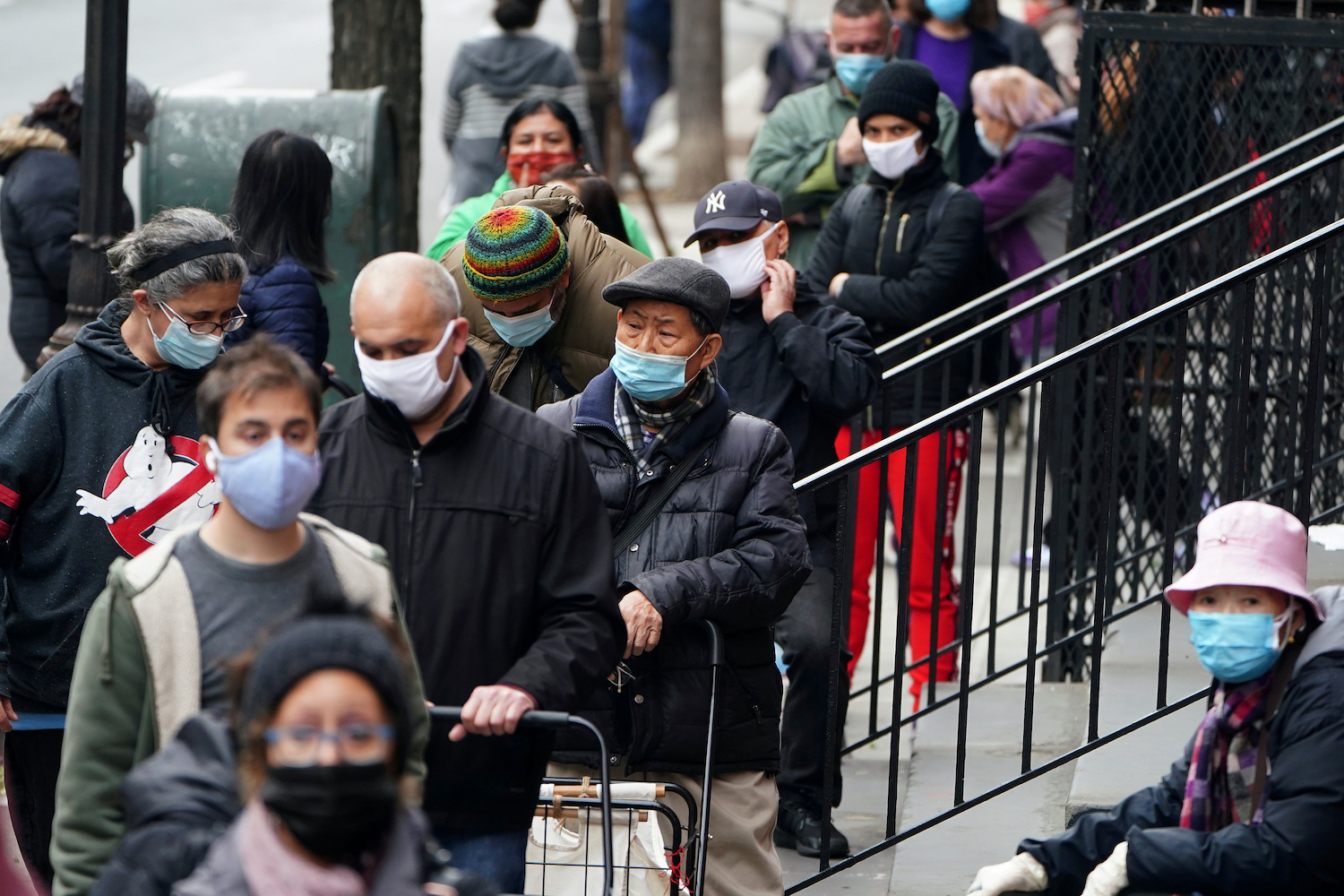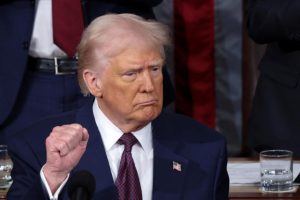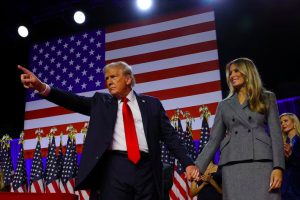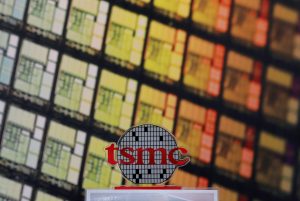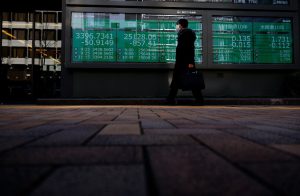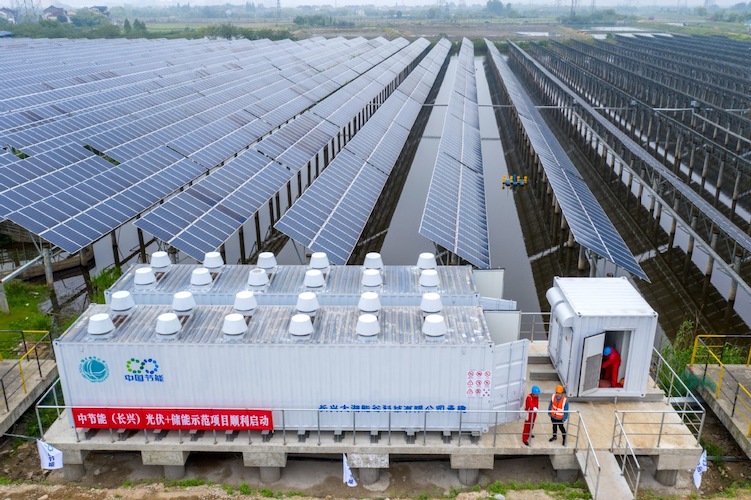(ATF) Economic events
Investor optimism will be constrained by the intensifying conflict between the world’s two biggest economies after Beijing announced steps widely seen as retaliation against the recent Trump administration bans against Chinese companies.
Optimism has been elevated by President elect Joe Biden’s comments the bipartisan package passed in December was a ‘down payment’, and followed it up with comments he will deliver a plan costing “trillions” of dollars this Thursday. The urgency has grown after data on Friday showed the US economy shed jobs for the first time in eight months.
On Saturday, China’s Ministry of Commerce unveiled measures, without mentioning the United States, aimed at countering “unjustified” laws and restrictions imposed by foreign countries on Chinese companies and citizens. The rules provide for compensation against “significant losses” from non-compliance with foreign legislation, and would take “necessary counter-measures” in response.
This follows moves by Washington, citing national security concerns, to hit Huawei Technologies Co that deprived the telecom and consumer hardware giant of critical components and Trump administration’s decision to force the sale of the US unit of social media giant ByteDance’s popular app TikTok.
In the latest move by the New York Stock Exchange, authorities said they would delist three Chinese telecom companies following an order from President Trump in November barring US citizens from investing in publicly traded companies that Washington deems to be tied to the Chinese military. Media reports have also said the Trump administration is considering adding tech giants Alibaba and Tencent to a blacklist of firms allegedly owned or controlled by the Chinese military.
On the economic front, China will unveil inflation, housing and loans data among a host of data points which are likely to show the world’s second largest economy has recovered well.
“We forecast growth in total social financing will stabilize at 13.6% y/y in December in view of strong long-term corporate loans (as manufacturing investment picks up) and steady household loans (as home sales and auto sales remain resilient). We expect M2 growth to remain flat at 10.7% in December,” Barclays economists Rahul Bajoria, Jian Chang, Angela Hsieh, and Brian Tan said in a note.
The confidence of the recovery has allowed Beijing to resume its reforms campaign, which in turn has led to several analysts upgrading their forecasts for the economy and the yuan currency.
ING economists have upgraded their year-end yuan forecast to 6.20 to a dollar from 6.30.
“The weak dollar is one key driver but without the central bank’s willingness to reform the exchange rate, by phasing out the counter-cyclical factor, the yuan would not have appreciated so quickly by deleveraging, anti-corruption drive and exchange rate reforms,” Iris Pang, ING’s Chief Economist for Greater China, said.
Funds flow
In the week to January 6, investor flows exited Emerging Market equities for the first time in over three months as China’s stockmarket’s 12-year high triggered profit taking even as concerns swirled about intensifying US-China tensions.
“Memories of the 2015 correction, uncertainty about the tack the incoming US administration will take to relations with China, the tougher official stance towards Chinese technology majors and a modest rise in Covid-19 cases prompted the pull-back,” EPFR’s director of research Cameron Brandt said.
But EPFR data showed Greater China Equity Funds continued to pull in money, with inflows hitting a 42-week high, and Taiwan Equity Funds also recorded inflows.
Developed markets saw inflows of $9 billion amid new stimulus moves and the prospect that Democratic control of both Congress and the White House will translate into more fiscal stimulus. This extended Global Equity Funds’ current inflow streak to 28 weeks and $140 billion.
Among sectors, flows to Gold Funds hit a 16-week high and Energy Sector Funds recorded their biggest inflow since late April.
Inflows into bond funds remained solid as investors piled into Global, Emerging Markets and Europe Bond Funds and US bond funds accounting for two thirds of the additions. China Bond Funds absorbed fresh money for the 36th straight week.
Convertible Bond Funds extended their longest run of inflows in over five years and Inflation Protected Bond Funds pulled in over $1 billion.
“The belief that inflation may accelerate this year as pent-up demand meets constrained supply chains and mothballed capacity is also beginning to spill into expectations for US interest rates,” EPFR’s Brandt said.
Economic data calendar
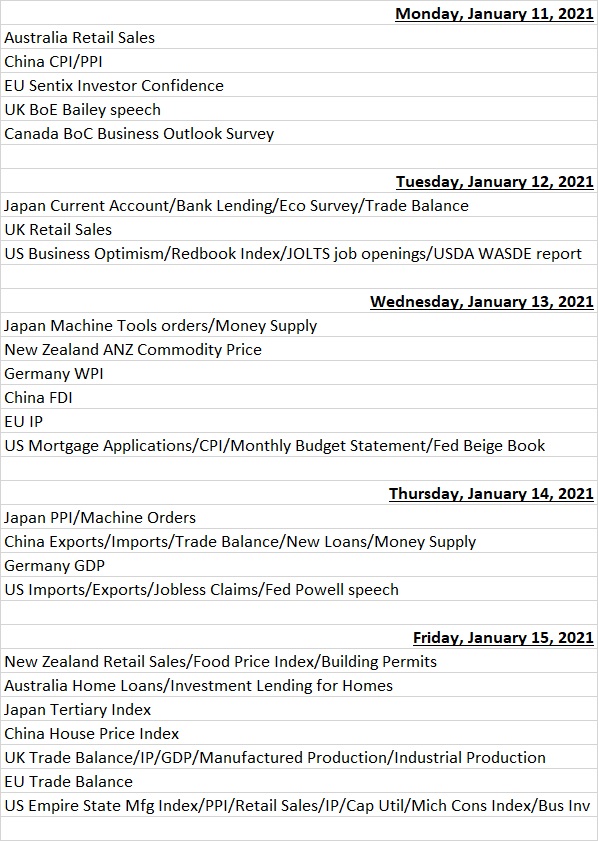
LAST WEEK’S RATING CHANGES





